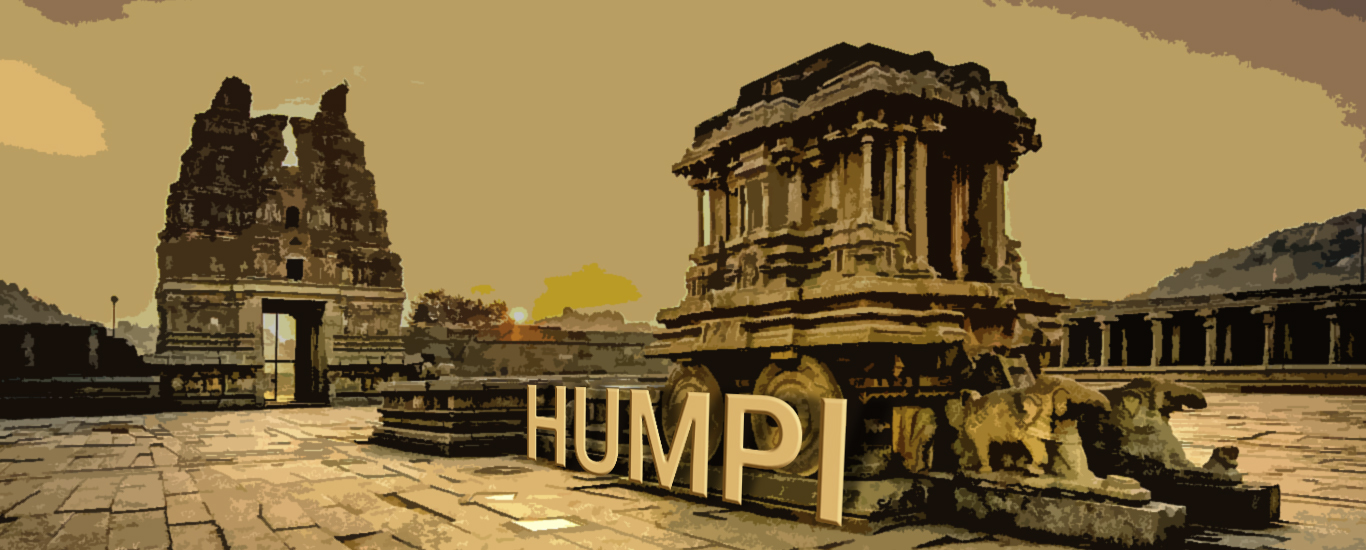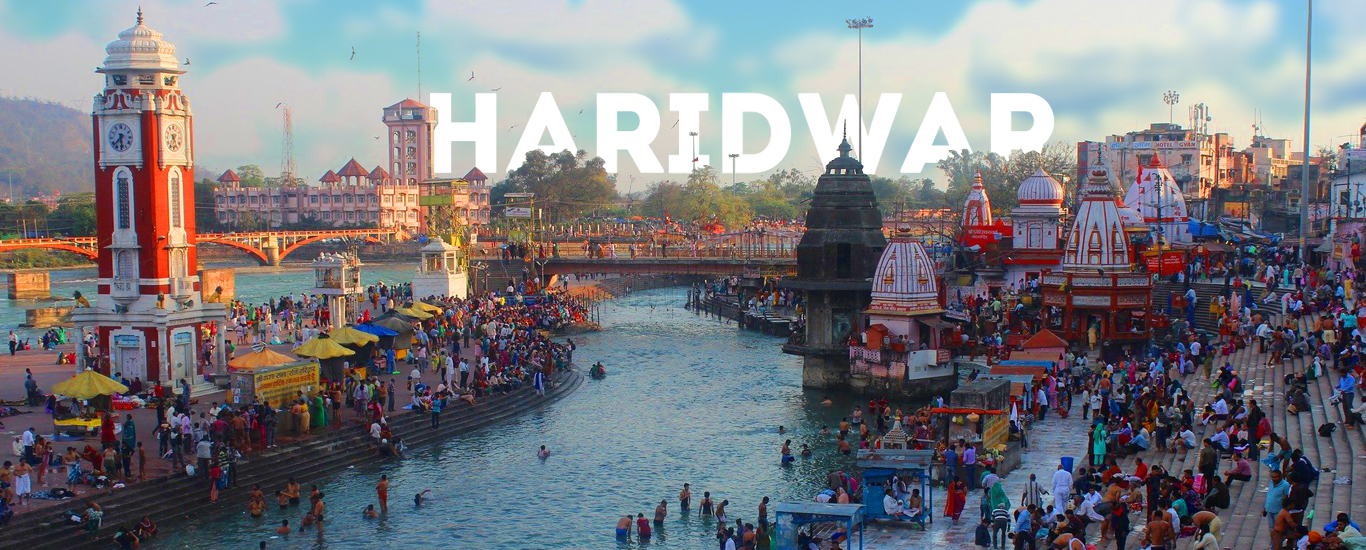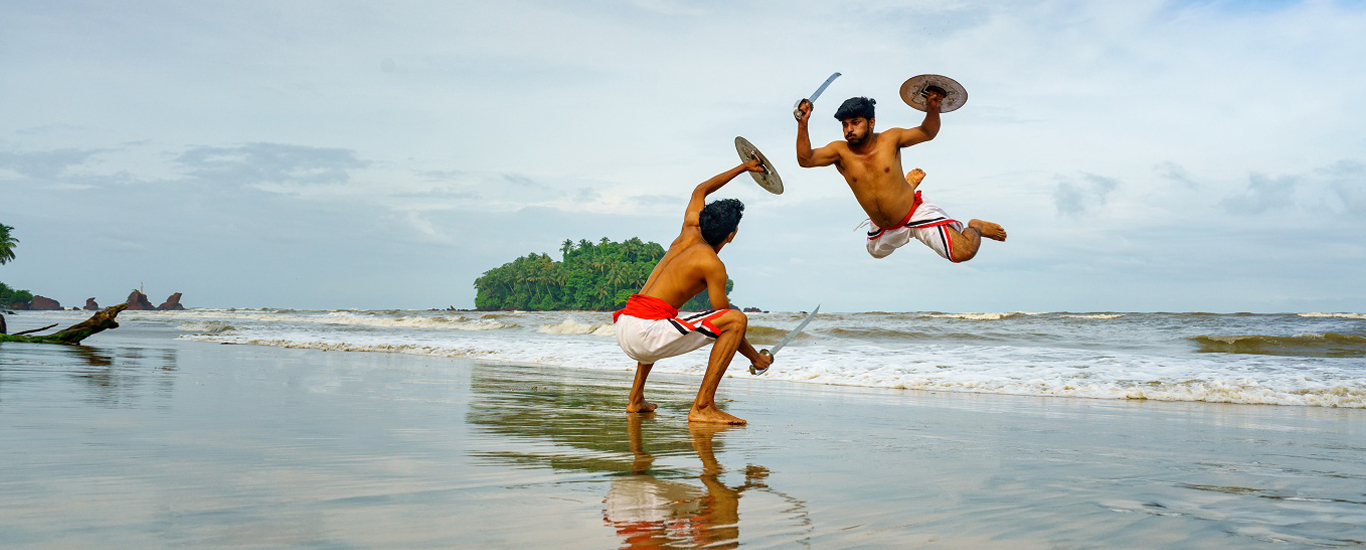Vrindavan: A Tale Of Love And Devotion
Every place has its own story, but in some places, these stories run deep – they are more than mere tales recounted by the old to the young. When anyone mentions Vrindavan, an instantaneous image comes to mind – Lord Krishna with his beloved Radha, Krishna stealing butter, Krishna in his divine Raas Leela with maidens of Vrindavan and many more.
These images and stories are crucial to the identity of Vrindavan, the place where Lord Krishna spent his boyhood and where all the tales of fun and love exist.
This place which allows devotees to soak themselves in colours of love and divinity has a divine history as well. And as you would soon come to know, the discovery of Vrindavan from sacred texts to actual life was brought in by a saint during the Mughal era.
Vrindavan, which etymologically means a forest of Tulsi (Holy Basil), is named after Goddess Vrinda Devi, considered an incarnation of Goddess Laxmi herself.
Vrindavan – lost and found
While many people know Vrindavan for its temples, its colourful Holi, its pedas and many other thighs, it’s also important to be aware of its history.
Vrindavan, as we know it today, wasn’t always known or recognised. According to ancient texts and stories heard from different saints, it was Lord Krishna’s great-grandson Vajranabh who established the locations of Vrindavan and other leelasthals (places of divine miracles) of Lord Krishna.
When devotees asked Vajranabh to restore all the leelasthals of Lord Krishna, he had to pray to Radha and Krishna to be able to establish the location of these divine sites where different childhood events of Lord Krishna’s life took place.
Eventually, after praying, he was able to locate these places and name them such – temples were established in these forests, ponds and gardens where Krishna has lived, played and loved.
Rediscovery of Vrindavan
Lord Krishna was known for his playful disposition and games – his childhood home Vrindavan also seems to have followed his games of hide-and-seek. It wasn’t just Lord Krishna’s great-grandson who had to discover the lost village of Vrindavan.
Vajranabh had identified 12 sacred forests including Vrindavan which later became the famous places of pilgrimage in Braj. As time passed, Braj was again fading away from the consciousness of people as these forests were overlooked and forgotten.
As it is, miracles never cease in this place and it was again discovered in the medieval era during the Mughal invasion of Northern India. It was primarily the advent of Sri Chaitanya Mahaprabhu and the religious tolerance of Akbar during the sixteenth century when most temples in Vrindavan were rediscovered, established and flourished.
It was during 1512 when Sri Chaitanya Mahaprabhu arrived in search of Vrindavan and the lost sites of pilgrimage and leelasthals of Lord Krishna. It’s said that with his divine vision, it was Chaitanya Mahaprabhu who located the lost sites of Krishna’s miracles, games and plays.
Akbar experiences divinity in Vrindavan
It’s said that Chaitanya Mahaprabhu located these sites using his divine vision and asked his disciples, the six Goswamis, to establish temples in these sites. Even at the height of Mughal invasion and terror, his disciples went on to establish these temples fearlessly.
Then came the period of Akbar under whose enlightened reign, different cultures and diversity flourished. Given his tolerance and acceptance of other religions, Akbar didn’t just allow but also supported the flourishing temples in Vrindavan.
He would invite Hindu saints and sages in his court to sing and recite slokas from great epics like Ramayana and Mahabharata. In 1573 Akbar paid a visit to Vrindavan himself and allowed Goswamis to lead him blindfolded to Nidhivan, the place where Radha and Krishna, along with other gopikas, had performed the Raas Leela.
It’s said that after experiencing the divine presence all around him in that forest of Tulsi (Holy Basil), Akbar himself announced that Vrindavan was indeed a holy place. Thereafter, he supported and helped many Hindu kings there in erecting magnificent temples devoted to Lord Krishna in Vrindavan. And this is how Vrindavan, as we know it today with all its famous temples, was established.
Temples of Vrindavan you can’t miss
Given the fact that Vrindavan is known as the birthplace of Lord Krishna, it should come across as no surprise that there are some really beautiful temples dedicated to him. If you are planning to visit this place, you must allow yourself to soak in as much divinity as you can from these astoundingly beautiful temples.
While Vrindavan has lots of temples, some of the most revered temples here are the Banke Bihari temple, Prem Mandir and Radha Raman temple.
Banke Bihari temple is the one that you might wanna start with when you finally decide to visit the temples of Vrindavan. The temple encloses an image of Lord Krishna in Tribhanga position. The place is a marvellous example of Rajasthani architecture and attracts devotees and tourists with an interest in aesthetics as well.
Another famous temple standing in the glorifying treasury of Vrindavan is Prem Mandir which literally means, ‘temple of love’. This famous temple of love was established in 20021 by Jagadguru Shri Kripaluji Maharaj and is dedicated to Radha-Krishna and Sita-Ram.
Next comes the Radha Raman temple – a place that enhances and signifies Lord Krishna’s love for the lovely Radha. An interesting thing about this temple is that even though it’s primarily dedicated to Radha, there is no idol of her found in this place. Her presence is signified by a beautiful crown placed next to the idol of Lord Krishna.
Other famous temples of Vrindavan that you can visit if you have time are Shri Ranganath Temple, Katyayani Peeth, Sri Govind Devji Temple, Gokulnanda, Shahji Temple and Gopeshwar Mahadev Temple.
ISKCON Temple
The International Society for Krishna Consciousness (ISKCON), after its foundation in 1966 New York City by A.C. Bhaktivedanta Swami Prabhupada, has established many temples, restaurants and other community projects globally. One of these is the ISKCON temple of Vrindavan.
Often referred to as Sri Sri Krishna Balram Mandir, this temple was built in 1975 and is one of the most famous religious places in Vrindavan. The beautiful temple is situated near the Raman Reti area in Vrindavan and it comes under the ISKCON Trust administration.
While the temple obviously holds a special place for devotees, it attracts tourists for its sheer brilliance in architectural aesthetics. The beauty of this temple can be seen as soon as you enter its premises wherein you will pass through a marble archway, white and magnificent, representing the samadhi of Prabhupada.
Thereafter, once you are over the overwhelming beauty of the place itself, you can lose yourself in the divinity of the temple. You will be able to lose yourself in the spiritual and soothing waves of music, bhajan and kirtan that is all-encompassing and healing.
The temple is dedicated to the brothers Krishna and Balram and throughout the day, different kinds of aaratis are performed, which is followed by a holy serving of khichdi.
Mystery of Nidhivan
As earlier said, stories are what make a place come alive and stay in our memories forever, or at least for a long, long time. Nidhivan is the Vrindavan’s story – a story of Krishna, Radha and devoted gopis of Vrindavan – mysterious, enchanting and spiritual, all at once.
Nidhivan means “forest of sleep” or a “sleeping forest”. The legend says that this is the place where Lord Krishna had performed the divine dance, Raasleela with Radha and other gopis. This place is the live manifestation of love and devotion which had saturated the early youth of Lord Krishna.
It is believed that Lord Krishna still performs the divine dance with Radha and other gopis every night. It’s for this reason that the gates of Nidhivan are closed after sunset and everyone, including animals, leave the premises.
Many people have even claimed that those who have stayed back in Nidhivan during the night have either gone blind, lost consciousness, gone crazy or have no recollection at all of the time spent here. While these might be just stories, the entrance is indeed prohibited after sunset.
If you decide to visit Nidhivan, a forest of Holy Basil, you will be greeted by the sight of trees that have entangled branches and are present in pairs of two. It is believed that these trees turn into gopis during the night and Lord Krishna re-enacts the Raas Leela with them. As soon as dawn breaks, they turn back into trees.
In the premises of Nidhivan
Now that we have discussed the mysterious story of Vrindavan’s Nidhivan, let’s move on to what you can see here – temples, rituals and sites. The first thing to do is to visit the most famous attraction of Nidhivan – the Rang Mahal. It is a small palace dedicated to goddess Radha. It is a single room with ornaments that are supposedly kept for Radha’s shringar or adornment.
Every evening after the Aarati, priests leave a number of things like Neem Daatun, a jug of water, bed prepared, paan etc. Every morning all these things are said to be looking like someone used them during the night.
Apart from Rang Mahal, you should also see another attraction of Nidhivan, a well called Lalita Kund. The story goes that one of the gopi named Lalita got thirsty during the Raas Leela and Lord Krishna dug a well using his miraculous flute to quench her thirst. This well eventually came to be known as the Lalita Kund.
Apart from this, do visit the Saint Haridas Temple and Shree Radha Temple. The story behind Haridas temple is that saint Haridas came to Nidhivan during the 15th century and used to play the flute to impress Lord Krishna. Eventually, Lord Krishna blessed him by appearing in his dreams.
Shree Radha temple, as the name suggests, is dedicated to the divine lover and devotee of Lord Krishna, goddess Radha. It’s said that once Radha stole the flute of Lord Krishna along with her friends Lalita and Vishakha and started playing it herself. That’s the incident in the memory of which this temple has been built where we can see an idol of Radha Rani playing the flute.
Festivals of Vrindavan
Vrindavan has a rich culture and is known for its grand celebration of festivals like Holi, Janmashtami and the very famous Brahmotsava festival.
Even though Holi is a beloved festival all across India, it’s celebrated in Vrindavan and Mathura with a grandeur unmatched anywhere else. While the lath mar Holi of Mathura is definitely famous, you have to see the phoolon wali holi of Vrindavan to see how festivals are celebrated with fragrant flowers, without wasting water.
That’s not all though, Holi celebrations in Vrindavan can’t really be summed up in a mere few words. Each temple in Vrindavan celebrates the festival in its own unique way and the experience is something difficult to describe in words – you will have to go live it to know it.
Another famous festival unique to Vrindavan and quite possibly the most famous cultural attraction of the place is Brahmotsavam. The Brahmotsav festival is celebrated on the tenth day of Holi where devotees pull the ropes during a Rath Yatra (festive procession).
Other than these two great festivals, Krishna Janamashtami, Basant Panchami, RathkaMela, Nandotsava, Radha Ashtami, Deepawali, Govardhan Puja, Hariyali Teej etc are also celebrated with great enthusiasm.
While you are celebrating the festivities, don’t forget to enjoy the famous delicacies of Vrindavan. The food here is mostly vegetarian and sweets are the life of the streets. While you are here, make sure you have a taste of Maalpua, Rabri, Tikki chat, lassi and much more.
Vrindavan in a nutshell
Vrindavan is a great place to witness spirituality, devotion, traditions and holy rituals and many people find peace and love here. To be able to see your God as a child somehow brings you closer to him in a way where you don’t just venerate him but also love him.
You must visit Vrindavan to understand the God who did not just impart great wisdom about righteousness but also taught us about the importance of love, affection and play.



